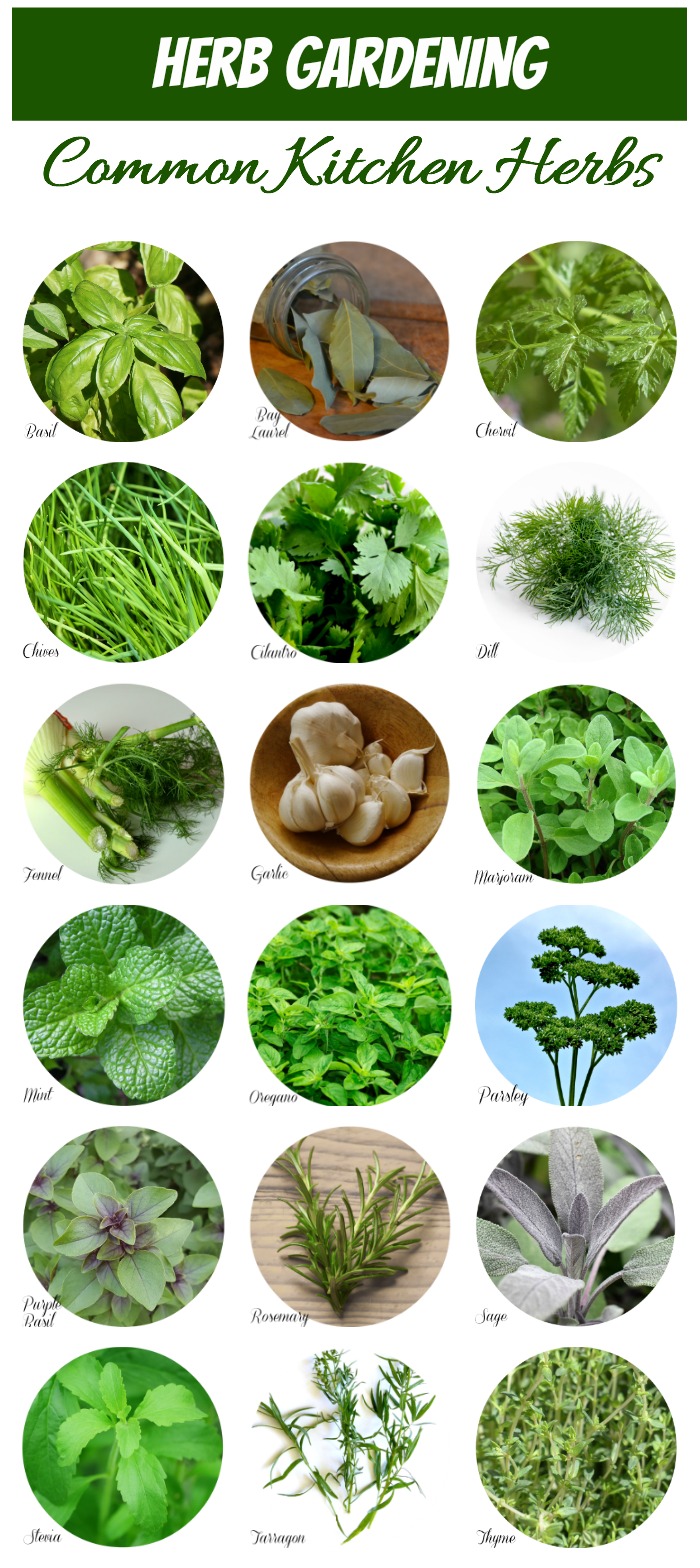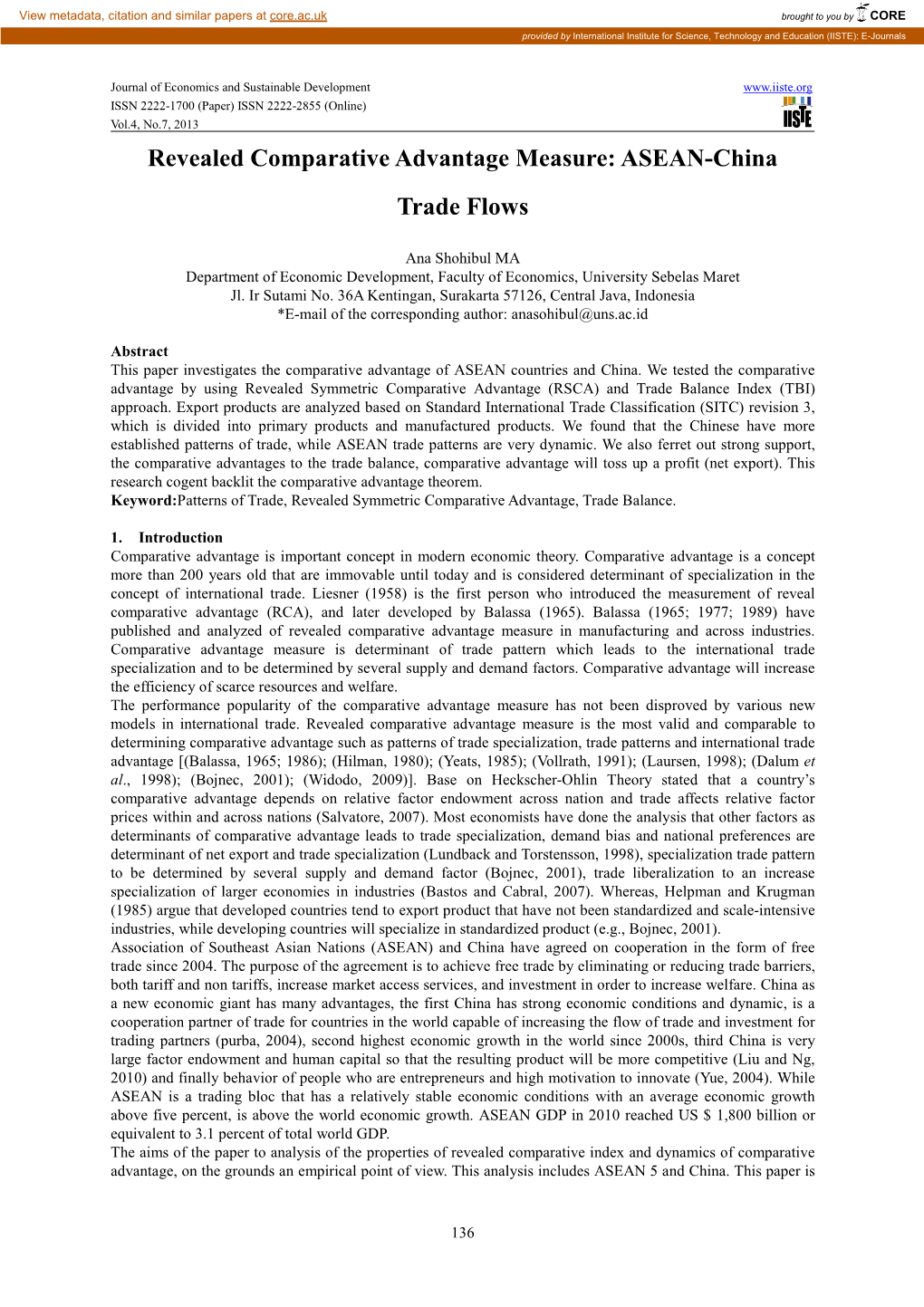Rosemary & Thyme: A Culinary Guide To Herb Gardening And Cooking

Table of Contents
Growing Rosemary & Thyme: A Beginner's Guide
Growing rosemary and thyme is surprisingly straightforward, even for novice gardeners. With a little know-how, you can enjoy a continuous supply of these flavorful herbs right outside your kitchen door.
Choosing the Right Location & Soil
Selecting the perfect spot is crucial for healthy rosemary and thyme plants. Both herbs thrive in well-drained soil, but their sunlight requirements differ slightly.
- Sunlight: Rosemary needs at least 6-8 hours of direct sunlight daily, while thyme prefers full sun but tolerates partial shade, especially in hotter climates.
- Soil Drainage: Poor drainage is a common problem that can lead to root rot. Amend heavy clay soil with compost or other organic matter to improve drainage and aeration.
- Soil pH: An ideal soil pH for both rosemary and thyme is slightly alkaline, ranging from 6.0 to 7.5. A soil test can help determine your soil's pH and guide you on necessary amendments.
Planting Rosemary & Thyme
You can propagate rosemary and thyme from seeds, cuttings, or transplants. Each method has its advantages:
- Seeds: Starting from seeds is cost-effective but requires patience; germination can take several weeks. Sow seeds indoors 6-8 weeks before the last expected frost.
- Cuttings: Propagating from cuttings is a faster and more reliable method. Take 4-6 inch cuttings from healthy stems in spring or summer. Dip the cut ends in rooting hormone and plant in moist potting mix.
- Transplants: Buying established transplants from a garden center or nursery is the easiest method, allowing you to enjoy herbs quickly. Choose healthy plants with vibrant green foliage. Space plants appropriately – approximately 12-18 inches apart for rosemary and 6-12 inches for thyme.
Care and Maintenance
Providing consistent care ensures healthy growth and abundant harvests.
- Watering: Water regularly, especially during dry periods, but avoid overwatering, which can lead to root rot. Allow the soil to dry slightly between waterings. Observe the plants for signs of underwatering (wilting leaves) or overwatering (yellowing leaves).
- Fertilizing: Rosemary and thyme are relatively low-maintenance and don't require heavy fertilization. Use a balanced, slow-release organic fertilizer in spring.
- Pest Control: These herbs are generally pest-resistant, but occasional infestations of aphids or spider mites can occur. Treat infestations with insecticidal soap or neem oil.
Propagating Rosemary & Thyme
Easily expand your herb garden by propagating new plants from cuttings:
- Take 4-6 inch cuttings from healthy stems in spring or summer.
- Remove lower leaves and dip the cut ends in rooting hormone.
- Plant cuttings in moist potting mix and cover with a plastic bag to maintain humidity.
- Keep the soil consistently moist until roots develop (usually within 4-6 weeks).
Harvesting Rosemary & Thyme for Optimal Flavor
Harvesting at the right time maximizes flavor and essential oil content.
Knowing When to Harvest
The best time to harvest rosemary and thyme is in the morning after the dew has dried. This allows the essential oils to be at their most concentrated.
- Signs of Maturity: Harvest rosemary when stems are woody and leaves are fully formed. For thyme, harvest when plants are actively growing and have abundant foliage.
- Harvesting Methods: Use sharp pruning shears or scissors to harvest stems. For rosemary, you can prune back stems by about one-third to encourage bushier growth.
Proper Harvesting Techniques
Proper harvesting techniques prevent damage and encourage continuous growth.
- Pruning: Regular pruning encourages bushier growth and prevents leggy plants. Avoid removing more than one-third of the plant's foliage at any one time.
- Over-Harvesting: Avoid over-harvesting, which can weaken plants and reduce yields.
- Preserving Herbs: Dry harvested herbs by hanging them upside down in a cool, dark, and well-ventilated area or use a food dehydrator. Freezing herbs in ice cube trays with water or oil is also an effective preservation method.
Storing Your Harvested Herbs
Proper storage preserves the flavor and aroma of your herbs.
- Air Drying: Bundle stems together and hang them upside down in a dark, well-ventilated area.
- Oven Drying: Spread herbs thinly on a baking sheet and dry them in a low-heat oven (170°F or 77°C) for 1-2 hours, or until brittle.
- Freezing: Freeze herbs in ice cube trays with water or oil for easy use in recipes.
- Preserving in Oil or Vinegar: Submerge herbs in olive oil or vinegar for a flavorful infusion.
Culinary Uses of Rosemary & Thyme: Recipes and Inspiration
Rosemary and thyme add depth and complexity to a wide array of dishes.
Rosemary Recipes
Rosemary's piney, slightly bitter flavor pairs well with roasted meats, potatoes, and bread.
- Roasted Chicken with Rosemary: [Link to Recipe]
- Rosemary Bread: [Link to Recipe]
- Rosemary Potatoes: [Link to Recipe]
- Rosemary-Infused Olive Oil: [Link to Recipe]
Thyme Recipes
Thyme's earthy, slightly lemony flavor complements vegetables, poultry, and soups.
- Roasted Vegetables with Thyme: [Link to Recipe]
- Thyme-Infused Honey: [Link to Recipe]
- Chicken with Thyme and Lemon: [Link to Recipe]
- Soups and Stews with Thyme: [Link to Recipe]
Combining Rosemary and Thyme
The combination of rosemary and thyme creates a truly exquisite flavor profile.
- Herbed Roasted Lamb: [Link to Recipe]
- Mixed Herb Butter: [Link to Recipe]
- Compound Butters with Rosemary and Thyme: [Link to Recipe]
Embrace the Flavor of Rosemary & Thyme
Growing your own rosemary and thyme is a rewarding experience that allows you to enjoy the unparalleled flavor of fresh herbs in your cooking. We've explored various methods for growing, harvesting, and preserving these aromatic herbs, demonstrating their versatility in the kitchen. Remember, the taste of fresh herbs far surpasses that of dried ones; the bright, vibrant flavors elevate dishes to a whole new level. Start your own herb garden today and experience the unparalleled flavors of fresh rosemary and thyme! Learn more about growing your own Rosemary & Thyme.

Featured Posts
-
 Us China Trade Flows The Impact Of The Tariff Truce
May 31, 2025
Us China Trade Flows The Impact Of The Tariff Truce
May 31, 2025 -
 Lower Than Expected Spanish Inflation Bolsters Case For Ecb Interest Rate Cut
May 31, 2025
Lower Than Expected Spanish Inflation Bolsters Case For Ecb Interest Rate Cut
May 31, 2025 -
 Massive Wildfire Smoke Engulfs Us From Canadas Devastating Blazes
May 31, 2025
Massive Wildfire Smoke Engulfs Us From Canadas Devastating Blazes
May 31, 2025 -
 Elon Musk And Doge A Look At His Return To Business
May 31, 2025
Elon Musk And Doge A Look At His Return To Business
May 31, 2025 -
 One Year After The Texas Panhandle Wildfire A Look At The Ongoing Recovery
May 31, 2025
One Year After The Texas Panhandle Wildfire A Look At The Ongoing Recovery
May 31, 2025
